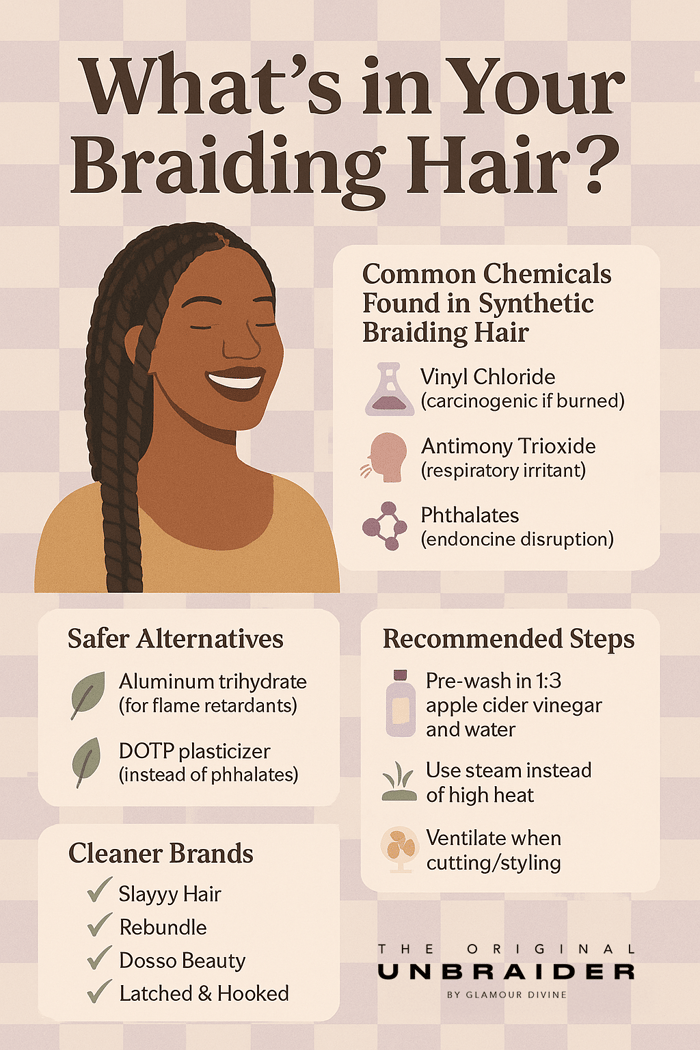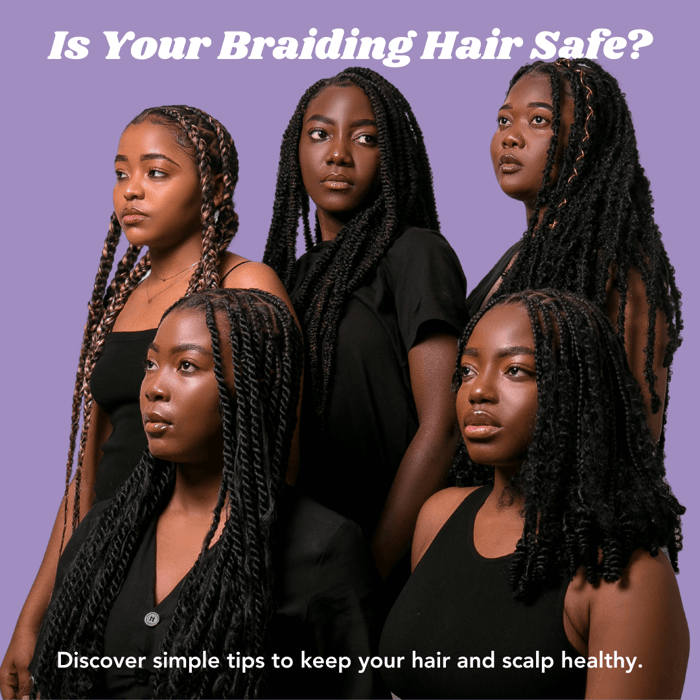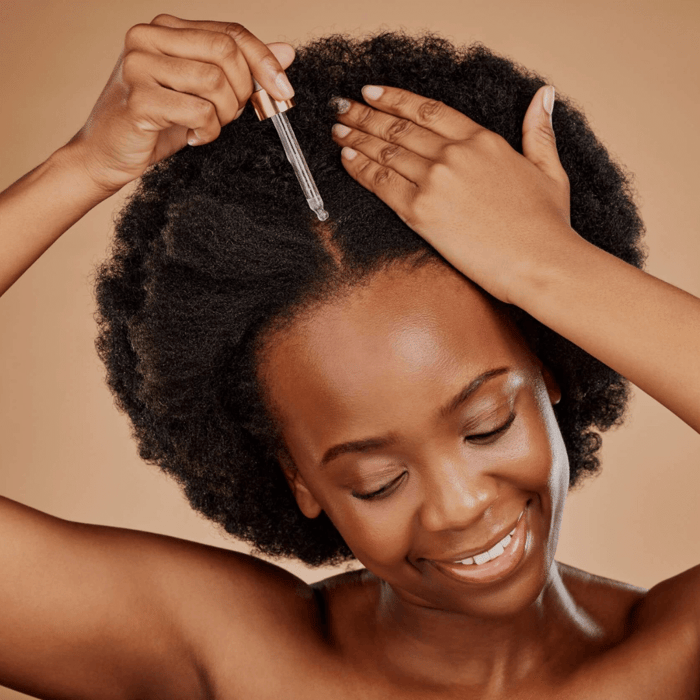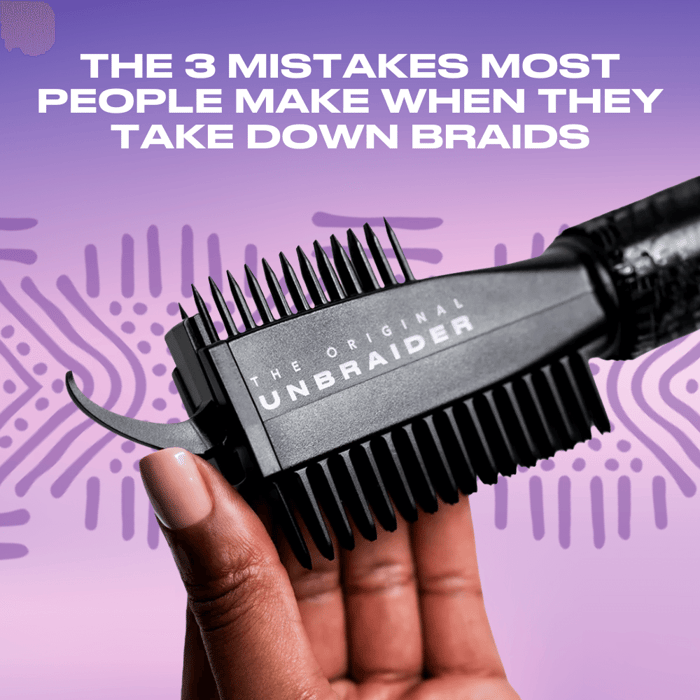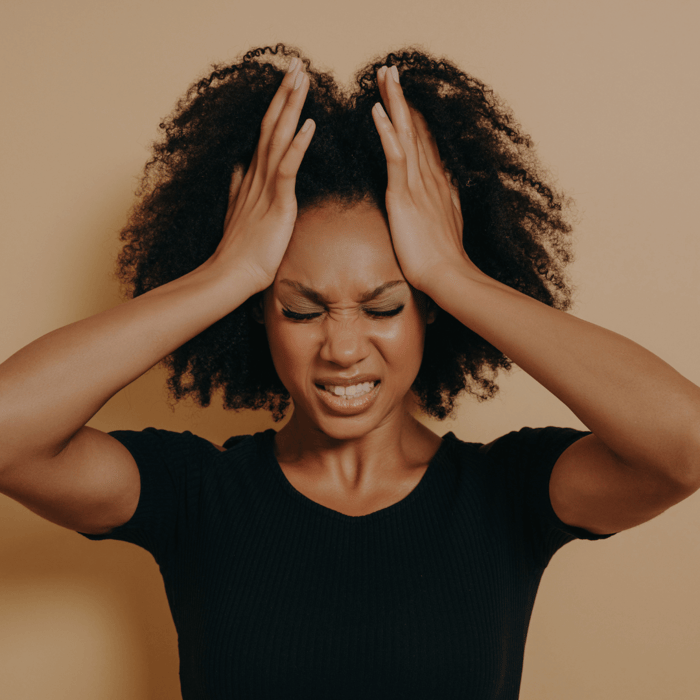Braids are more than just a hairstyle—they're a cultural expression, a protective practice, and a form of self-care. But recent studies have raised red flags about the ingredients in synthetic braiding hair, many of which go unlisted and unchecked. If you wear braids or install them for others, understanding what’s in your braiding hair is crucial—for your health, your scalp, and your peace of mind.
The Hidden Dangers in Synthetic Braiding Hair
Recent research by institutions like Harvard T.H. Chan School of Public Health and Consumer Reports found that many widely sold synthetic braiding hair products contain hazardous chemicals—including known carcinogens, lead, and volatile organic compounds (VOCs). These toxins are often not labeled, yet they can be absorbed through your scalp over time, potentially contributing to long-term health issues.
In fact, synthetic braiding hair has been shown to contain flame retardants, phthalates, and heavy metals, which can cause irritation, hormonal disruptions, and other health concerns—especially when worn for weeks at a time.
Watch on TikTok🧪 “We’re putting this material directly on our bodies, on one of the most absorbent parts of our skin—the scalp.”
— Dr. Adana Llanos, Columbia University Cancer Center
How to Detox Braiding Hair Before Use
Before installing synthetic hair, it’s important to remove as many of these harmful chemicals as possible. One simple, accessible method is soaking the hair in apple cider vinegar (ACV) and water.
📹 Watch It In Action
We shared a step-by-step video on our Instagram showing how to soak synthetic braiding hair in ACV to release the film of toxins that causes scalp irritation and itchiness. After soaking for 15–30 minutes, you'll often see a white film rise to the surface. Rinse thoroughly and let dry completely before braiding.
💡 Tip: Use a ratio of 1 part ACV to 3 parts warm water and soak for 15–30 minutes. Always rinse thoroughly with clean water and let the hair dry fully before use.
Prepare Your Natural Hair Before Braiding
Healthy braids start with a healthy foundation. Here’s how to prep your hair before installation:
Cleanse: Use a clarifying shampoo to remove buildup from your scalp and strands.
Deep Condition: Apply a deep moisturizing or protein-rich treatment, depending on your hair’s needs.
Detangle: Gently removing knots and tangles is key to preventing breakage and making the braiding process smoother. We recommend using The Original UnBraider—a dual-function tool designed to safely release braids while also gliding through natural hair to remove shed strands and tangles with minimal stress. It’s especially helpful for textured hair and makes prep quicker and more comfortable.
Stretch Gently: If you stretch your hair, opt for low-heat or heatless methods like banding or braiding to reduce risk of heat damage.
Safer Braiding Hair Brands to Know
Many brands are responding to concerns about toxic synthetic hair by offering safer, non-toxic alternatives. Here are a few we love:
Slayyy Hair – Black-owned and designed to be itch-free, lightweight, and non-toxic. Treated with “Slayyy Sauce” to reduce chemical exposure.
Rebundle – Offers biodegradable, plant-based hair made from banana fiber—chemical-free and environmentally conscious.
Dosso Beauty – Hypoallergenic, pre-stretched braiding hair perfect for sensitive scalps.
Latched & Hooked – A clean beauty option for pre-curled and crochet-ready styles that are gentle on your scalp.
Final Thoughts: Protect Your Crown
Braids should be a form of expression and protection—not a health risk. By being intentional with how you prep both your natural hair and the hair you install, you’re not just maintaining a style—you’re protecting your body and well-being.
Before your next braid appointment:
Ask what brand of hair is being used
Wash or detox the hair yourself if needed
Share this knowledge with your stylist or clients
Your scalp absorbs more than you think—make sure what you're putting on it reflects the love and care you deserve.
